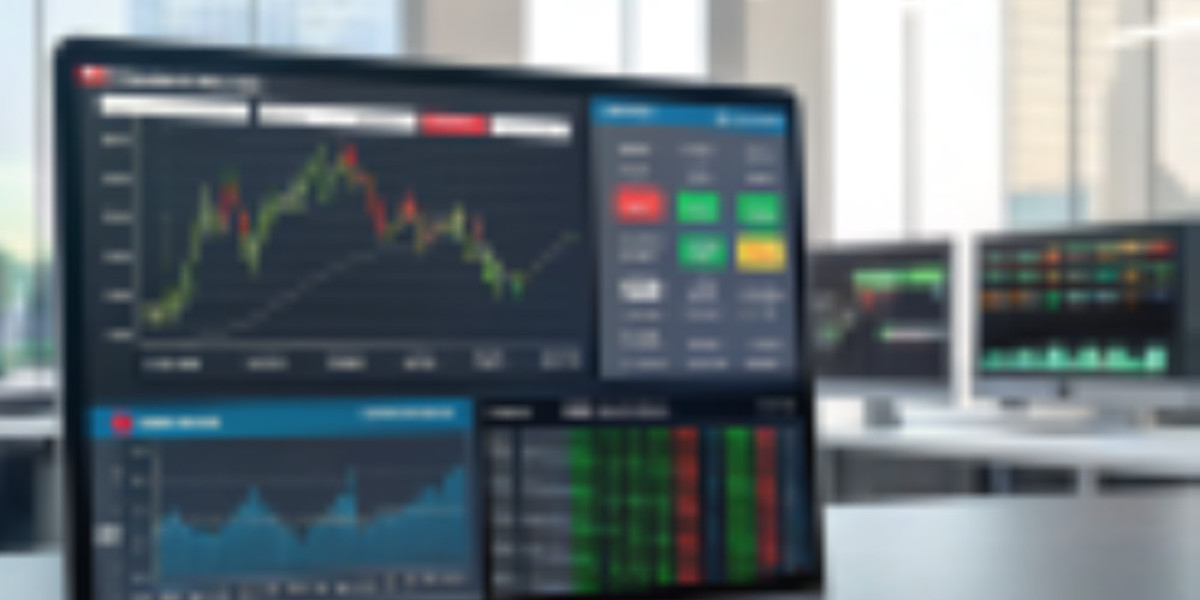The promise of effortless profits through automated Forex trading has created a fertile ground for scammers and dishonest marketers. Every year, countless traders lose significant capital to Forex robot schemes that promise extraordinary returns but deliver only losses and disappointment. For South African investors navigating this landscape, understanding how to identify and avoid these scams is not just valuable—it's essential for capital preservation.
Understanding the Psychology Behind Scam Marketing
Scammers exploit common psychological biases that make traders vulnerable:
The "Get Rich Quick" Fantasy
Appeal to greed with promises of unrealistic returns (100%+ monthly)
Create false urgency with "limited time" offers
Use social proof with fabricated testimonials and results
The Authority Illusion
Fake credentials and exaggerated experience claims
Complex jargon to intimidate and impress
False association with reputable institutions
The Fear of Missing Out (FOMO)
Claims of "secret" or "proprietary" technology
Limited availability narratives
Pressure to act immediately before "the price increases"
Red Flags: How to Spot Potential Scams
Unrealistic Performance Claims
Legitimate automated systems demonstrate realistic, sustainable performance:
Monthly returns typically range from 5-20% for proven systems
All systems experience drawdowns and losing periods
Past performance never guarantees future results
Warning Signs:
Claims of "risk-free" trading or "guaranteed profits"
Returns that consistently exceed 20% monthly
Perfect equity curves with no drawdowns
Inability to explain losing periods or strategy weaknesses
Lack of Transparency and Verification
Essential Verification Steps:
Third-Party Validation: Look for Myfxbook or FXBlue verified accounts
Live Trading Proof: Demand evidence of real-money trading, not just backtests
Strategy Explanation: Understand how and why the system works
Company Information: Verify physical address and registration details
Common Evasion Tactics:
"Our strategy is too complex to explain"
"Backtests are sufficient proof of performance"
"We can't show live results due to proprietary concerns"
Vague or non-existent company details
Pressure Sales Tactics
Legitimate companies allow time for due diligence:
No pressure to make immediate decisions
Transparent pricing without hidden fees
Reasonable refund policies and customer protection
Scam Indicators:
"This offer expires in 24 hours"
"Only X copies left at this price"
Demands for immediate payment
Reluctance to provide complete information
Due Diligence Protocol for South African Traders
Step 1: Background Research
Verify company registration with CIPC
Check for physical office address in South Africa
Search for independent reviews and user experiences
Contact existing customers for references
Step 2: Performance Validation
Request verified live account statements
Test the system on demo account first
Analyze performance during different market conditions
Verify ZAR pair compatibility and performance
Step 3: Legal and Compliance Checks
Confirm FSCA registration if required
Review terms of service and refund policies
Understand dispute resolution processes
Verify data protection and privacy policies
Common Scam Patterns to Recognize
The "Black Box" Strategy
Systems that refuse to explain their methodology often hide fundamental flaws:
Inability to understand risk factors
No way to validate strategy logic
Hidden martingale or grid trading approaches
The Over-Optimized Backtest
Manipulated historical performance data:
Perfect results that seem too good to be true
No losing periods or reasonable drawdowns
Poor out-of-sample performance
The "Recovery Robot" Scam
Systems claiming to recover previous losses:
Typically use dangerous martingale strategies
Promise to "fix" your trading account
Often lead to complete account wipeouts
Protective Measures and Best Practices
Start Small and Scale Gradually
Begin with minimal investment capital
Verify performance over 2-3 months
Increase exposure only after proving consistency
Maintain Realistic Expectations
Understand that all trading involves risk
Accept that losses are inevitable
Focus on risk-adjusted returns, not just profits
Continuous Education
Stay informed about market dynamics
Learn to read and interpret performance reports
Understand basic programming and strategy concepts
South African Specific Considerations
Local Market Understanding
Beware of systems not tested on ZAR pairs
Understand local regulatory environment
Consider local broker compatibility
Infrastructure Realities
Ensure systems can handle load-shedding scenarios
Verify internet connectivity requirements
Test local broker execution quality
Building a Genuine Automated Trading Business
Focus on Sustainable Practices
Prioritize risk management over profit potential
Implement proper position sizing and drawdown controls
Maintain detailed records and performance analysis
Community and Networking
Join local trading communities and forums
Share experiences and learn from others
Stay updated on local market developments
Conclusion
Avoiding Forex robot scams requires skepticism, due diligence, and realistic expectations. By understanding common scam tactics, implementing thorough verification processes, and maintaining disciplined risk management, South African traders can navigate the automated trading landscape safely.
Remember that legitimate automated trading involves careful strategy development, rigorous testing, and ongoing optimization. There are no shortcuts to sustainable trading success, and any system promising otherwise should be approached with extreme caution.
The most valuable asset in automated trading isn't a magical algorithm—it's the knowledge, discipline, and risk management practices of the trader operating the system. By focusing on education and due diligence, you can avoid costly scams and build a genuine automated trading business.








